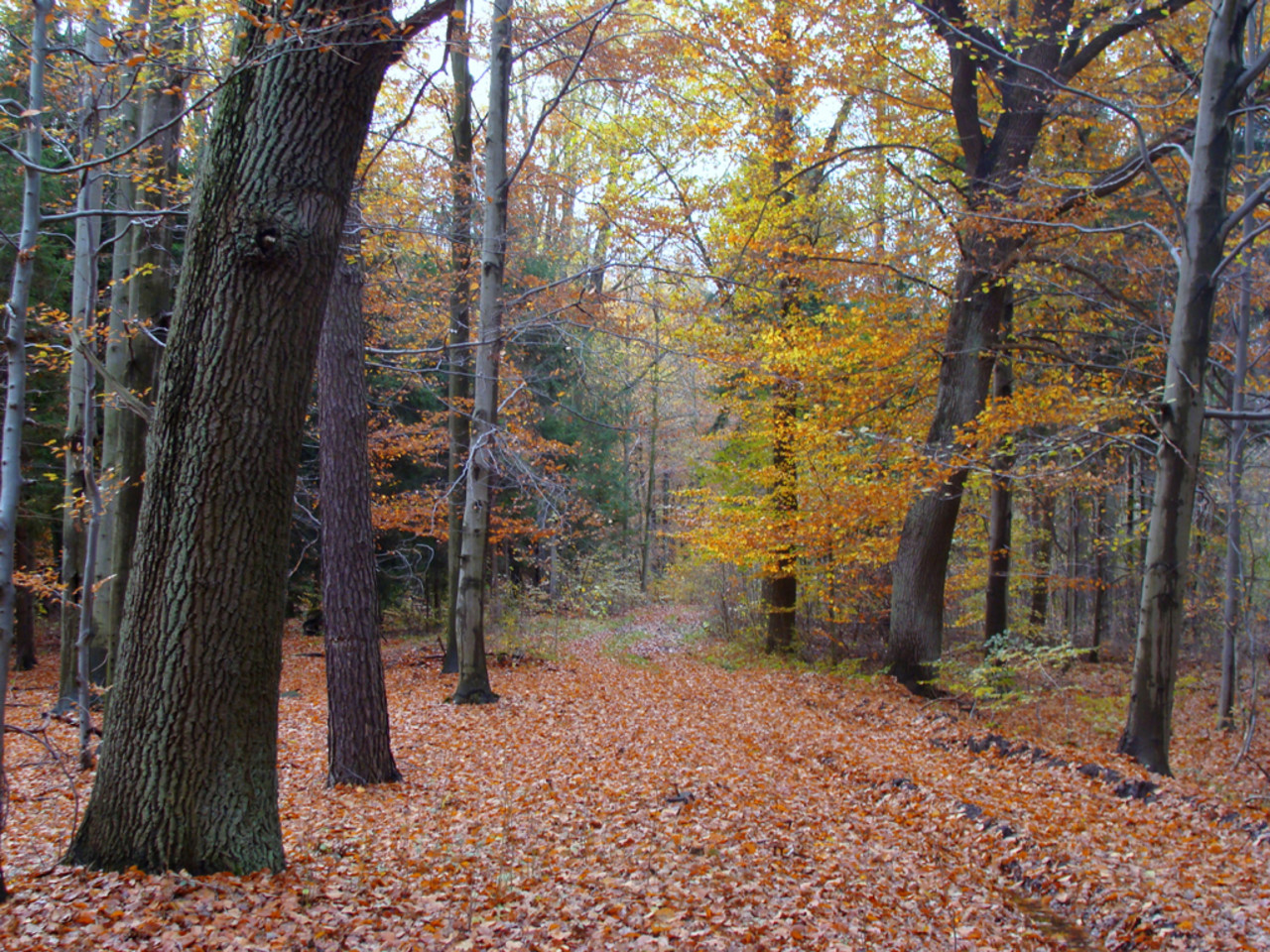Speakeasy
A speakeasy is a term used to explain a secret or illicit bar that was popular through the Prohibition era in the United States, which lasted from 1920 to 1933. These institutions were identified for his or her hidden entrances and for serving alcohol despite it being illegal on the time. Here are some key points about speakeasies:
- Origin: The term “speakeasy” is believed to have originated from the practice of shoppers talking quietly or “simply” to avoid drawing consideration.
- Hidden Locations: Many speakeasies had been located in basements, behind unmarked doors, or even in respectable businesses like soda shops.
- Entertainment: These venues usually featured live music, dancing, and different types of leisure, making them popular gathering spots.
- Cultural Impact: Speakeasies performed a crucial function in shaping the tradition of the Roaring Twenties and the jazz age.
- Modern Revival: Today, the concept of the speakeasy has made a comeback, with many bars adopting the hidden, secretive theme to create an exclusive environment.
Below are some well-known speakeasies from history:
- The Cotton Club (New York City)
- 21 Club (New York City)
- The Green Mill Cocktail Lounge (Chicago)
- Schroeder’s (San Francisco)
In abstract, speakeasies provide an interesting glimpse into a novel chapter of American history, highlighting themes of rebellion, creativity, and the struggle for private freedom.
A speakeasy is a hidden bar or nightclub that originated in the course of the Prohibition period within the United States (1920-1933). These establishments have been illicit and served alcohol when it was unlawful to do so. Here are some key points about speakeasies:
- Origin: The term “speakeasy” supposedly comes from patrons talking quietly or “simply” to avoid detection by regulation enforcement.
- Atmosphere: Speakeasies typically have a secretive vibe, with dim lighting, classic décor, and a sense of exclusivity.
- Access: Many fashionable speakeasies keep the concept of secrecy with hidden entrances or requiring a password for entry.
- Cocktails: These venues usually serve craft cocktails, reviving traditional recipes from the Prohibition period.
- Cultural Significance: Speakeasies symbolize the struggle in opposition to prohibition legal guidelines and a spirited nightlife tradition.
Today, speakeasies have made a resurgence as fashionable bars that commemorate the fashion and spirit of the Twenties and Nineteen Thirties.
Speakeasies had been secret bars that emerged in the course of the Prohibition era in the United States, which lasted from 1920 to 1933. These hidden establishments allowed patrons to eat alcohol despite its legality being prohibited.
Typically accessed by way of an unmarked door or a password, speakeasies offered a sense of thrill and exclusivity. They were typically located in basements, again rooms, or behind false storefronts, making them difficult to discover.
In these illicit venues, stay jazz music thrived, as they became the cultural hubs for the Jazz Age. The ambiance was lively, full of dance and revelry. Women usually wore flapper dresses, symbolizing the changing social norms of the time.
Today, the term “speakeasy” has been revived, with fashionable bars adopting the aesthetic and secretive allure of their Prohibition-era counterparts. Many feature classic decor, craft cocktails, and stay music, providing a nostalgic glimpse into a captivating chapter of American historical past.
In essence, speakeasies embody a spirit of rebellion and OP creativity, reflecting the social dynamics of their time.

No comment yet, add your voice below!